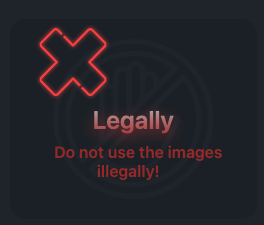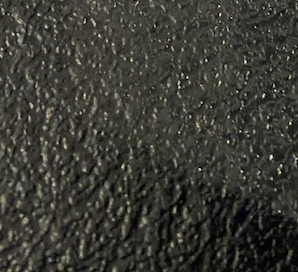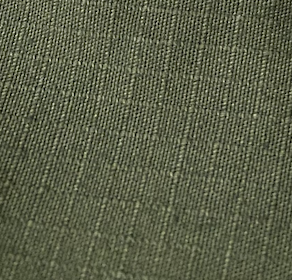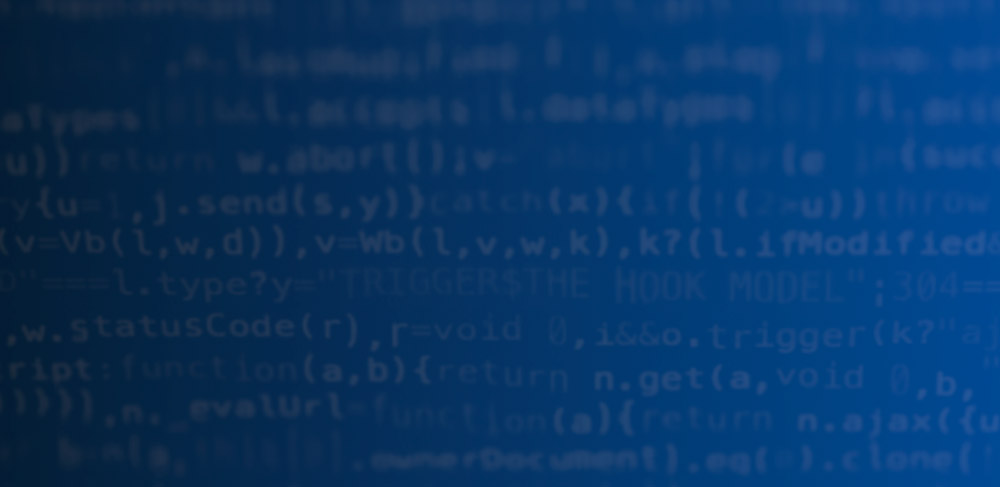In early February, news agencies around the world wrote of a new security threat: AI-generated fake IDs. Our team quickly tracked down the darkweb websites hosting ID image generators, to see what the fuss was about and just how good these supposedly “1-to-1” fakes were.
After quickly testing some AI-generated fake IDs we found in hidden telegram threads (we caught them all) we set to work purchasing a few fake ID images of our own to see how well they performed when tested against our VeriScan and DIVE software platforms.
Why would someone need an image of an ID?
Fake IDs are used for a variety of purposes, but most commonly associated with circumventing age restrictions. These AI-generated images will not work for these purposes, as no printing of the actual ID is occurring. These image generating tools don’t have brick-and-mortar businesses – they are not printing IDs, they don’t have paper or holograms. They are only producing images of the IDs. Images of fake IDs won’t work for getting into a bar or dispensary, but they do serve a purpose for digital transactions. These images can be used in electronic scenarios when a website, application, or business requests identification to perpetrate a deepfake scam:
- Account creation for financial transactions
- Account setup or verification for online dating
- Scheduling a high risk transaction in person (vehicle test drive, apartment tour, car/equipment rental)
- Account verification after lockout (confirming you are the rightful account holder)
- Background checks

How can businesses protect against use of AI-generated fake IDs?
There are several key security elements every business should put in place to protect against deepfake IDs.
Prohibiting manual upload of ID photos
First, businesses should not allow manual document upload of ID images. Manual upload allows the user to pull the pre-generated deepfakes from their image library, instead of snapping a new photo. By requiring them to use the camera function on their phone, you ensure that they have the physical document in front of them, and aren’t using a pre-generated image.
Screen-to-screen fraud is a way fraudsters may attempt to circumvent live document upload – by pulling up the AI-generated image on one device and using the camera on a second device, however DIVE liveness detection tools will detect this type of fraud in most cases.
Third party checks, such as DMV checks
Businesses should also have layered fraud prevention that includes a third party check. Third party checks query an external database that can confirm whether the information on the ID matches the jurisdictional records at the DMV. Other third party checks can query the Social Security Administration, PEP lists, and known lists of fraudulent identities. These checks will confirm whether or not you have a real identity on your hands – the only way they can be passed is if the data on the ID matches the data of a real person exactly.
Of course, identity thieves regularly steal fullz and have access to an entire identity, allowing them to create ID cards that do match the DMV database. They simply swap in their own photograph. This is why it is important to have layered security so that all types of deepfake fraud can be detected.
Cross-matching the front and back of the ID
Many digital ID verification tools, or requests for copies of IDs, are only using optical character recognition (OCR) to parse the data on the front of the ID and see if it matches their record of the individual. However, a review of the data format in the 2D barcode can quickly sniff out almost 50% of fake IDs. And by matching the text on the front of the ID to the data in the barcode, our software can catch all but the most sophisticated fakes, as every state orders and formats their data slightly differently, and capable software will flag anomalies that indicate the ID might be fraudulent.
Face matching
A business should never simply accept an image of an ID. They should always perform face matching to ensure the individual presenting the ID is actually the individual with whom they are doing business. Facial comparison tools take less than 5 seconds to create a template and perform a match. While deepfake videos do exist, randomized liveness checks and anti-spoofing tools applied during the selfie process make it extremely difficult to use pre-recorded video to fool face matching technology.
How does AI generate IDs?
The darkweb sites that are building and creating deepfake IDs and passports might use some AI, but they are mostly just PDF417 and ID image generators. The user still inputs the data they want to appear on the ID, and the tool formats it and places it in a contextual background. Although the tool is slightly more advanced and can create images that pass cursory inspection, it is mostly just placing the fields on a pre-created template.
The websites typically include a disclaimer saying the ID images should not be used for illegal purposes, and are meant to be used for set dressing for films and television.

Can digital identity verification software catch deepfake IDs?
We tested AI-created deepfake IDs against our software. Our digital identity verification engine caught almost all of them immediately. This does not mean that every single AI-generated fake ID can be easily sussed out by software, but it does mean that these images aren’t quite the threat the media made them out to be. Yet.
Here’s how our software caught 7 of our recently generated deepfakes (with some omissions to protect our IP)
| Image Quality | Crossmatch | DMV Verification | IdentiFraud | |
| Alabama | Fail | Fail | Fail | Fail |
| Arizona | Fail | Fail | Fail | Fail |
| California | Pass | Pass | Unavailable | Fail |
| Florida | Pass | Pass | Fail | Fail |
| Nevada | Fail | Fail | Fail | Fail |
| New York | Pass | Fail | Fail | Fail |
| Texas | Pass | Fail | Fail | Fail |
ID scanning software is broadly capable of detecting AI-generated deepfake IDs using layered security.
How to tell if an ID image is a deepfake?
There are a few common factors we saw when generating deepfake ID images. Note that we are being intentionally vague in this section because we do not want to help fraudsters create better fake ID images.
Use of stock backgrounds
All of our fake ID images used backgrounds to make it appear as though the ID was placed on an available surface for a live photo. But the AI images often re-used the same backgrounds. Here are three of the backgrounds:



Blurred areas
The edges of the background, and the edges of the ID where it interacts with the background, also often showed hallmarks of being AI-generated. This includes inconsistent shadowing around the borders of the ID, blurry corners of the ID, or seaming and sticking on the AI-generated background that blurs into nothing or shifts in a way that is obviously fake. There is also often a difference in sharpness between the sharp background pattern and the ID itself which appears blurry or slightly out of focus.
Absence of sticker marks
ID information is typically printed onto a pre-printed card that contains the design of the state’s ID. In all cases, especially if the ID is not brand new, you can easily view the edges of the sticker, which leave a margin between the individual’s printed data and the edge of the card. In all of the AI-generated images, the sticker lines were either absent, or irregular and did not match the known borders of that state’s standard printing.
Front and back data mismatch
AI-generated fake ID images are made to look good, but they usually don’t have a sophisticated understanding of barcode data (or MRZ) formatting. Every jurisdiction and document type (and many jurisdictions have 20+ valid document types in circulation at any given time) has different expected fields. When we scan an ID using our AI algorithms we instantly check to make sure the data is in the format we expect it to be. We then compare that data against the plaintext data on the front of the document. This is a great way to root out AI-created fake IDs, which are not built by individuals who know state data formats.
Test your deepfake IDs
Do you have an AI-generated deepfake ID that you’d like to test against our software? Contact our team today to demo our software and see how we can reliably protect against deepfake fraud and scams.






